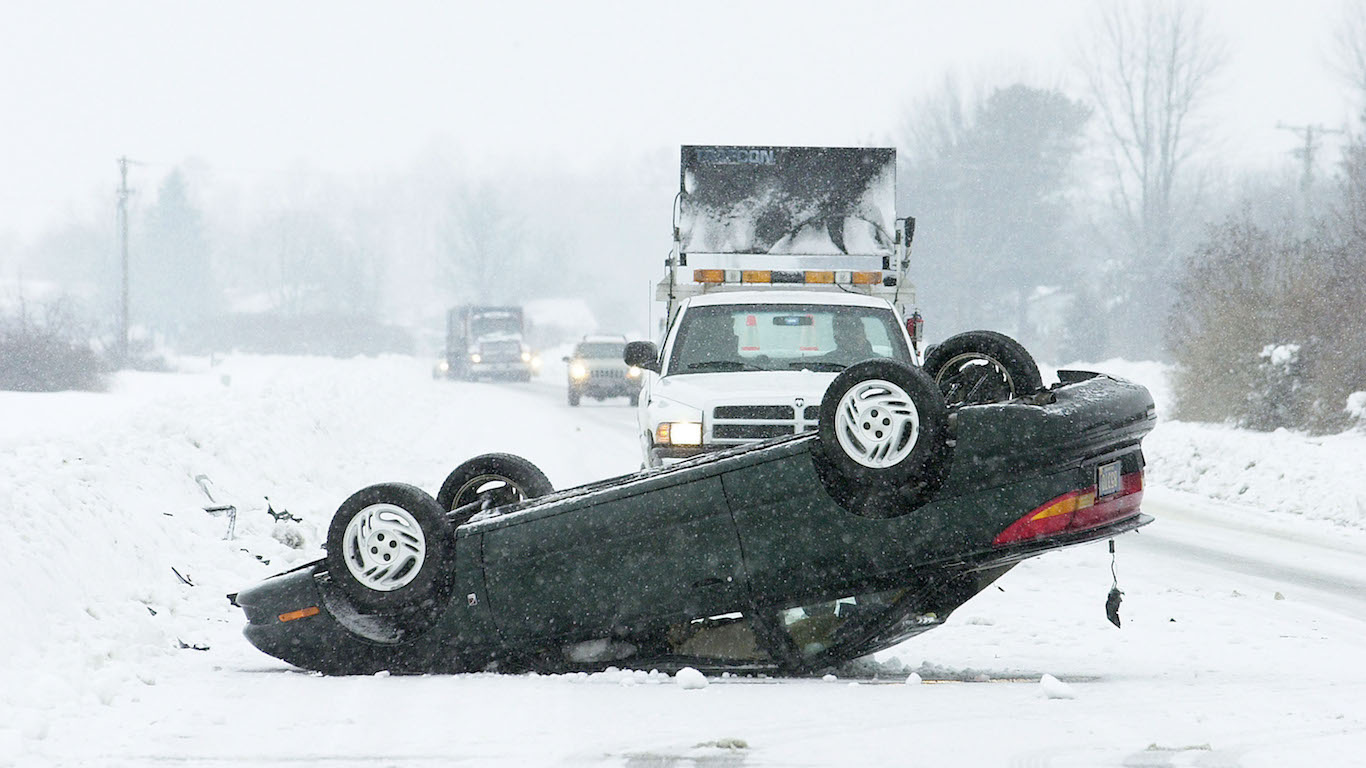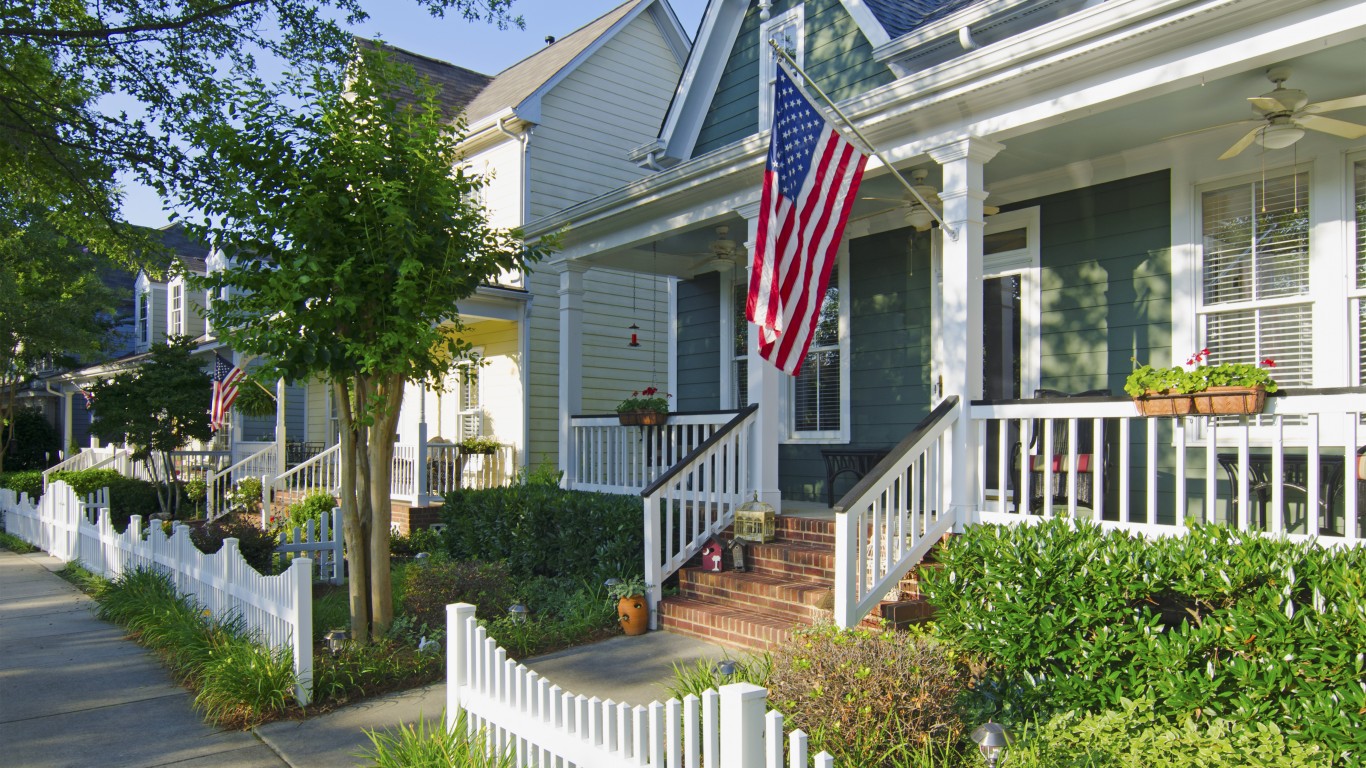
As of Monday, 10 days after Hurricane Florence made landfall in North Carolina, 43 deaths have been blamed on the storm and property damage could reach as high as $30 billion, according to a Tuesday report from CoreLogic. The company reckons that about 85% of the residential property loss is uninsured.
The damage estimate includes North and South Carolina and Virginia and ranges from $19.0 billion to $28.5 billion in storm surge and inland flood flooding. Uninsured flood losses for these states could run from $13.0 billion to $18.5 billion, and wind losses could total an additional $1.0 billion to $1.5 billion.
Estimates of insured flood losses total $6.0 billion to $10.0 billion with $4.5 billion to $7.5 billion in North Carolina, $1.0 billion to $2.0 billion in South Carolina, and up to $500 million in Virginia. For property owners who were not insured, estimated losses in North Carolina total $10.0 billion to $14.5 billion, while losses in South Carolina are estimated at $2.5 billion to $3.5 billion and losses in Virginia are estimated at $500 million.
CoreLogic estimates the number of residential homes affected by flood and wind damage to total more than 600,000. By far the hardest hit state was North Carolina, where 487,000 homes were damaged. A total of 109,000 homes were damaged in South Carolina and an estimated 28,000 were affected in Virginia.
The firm’s estimate for damage to commercial properties includes 38,000 in North Carolina, 9,000 in South Carolina and 1,000 in Virginia.
Before Hurricane Florence made landfall, CoreLogic estimated that as many as 759,000 residential properties were at risk of damage from the storm if it struck the coast as a Category 5 storm. As it turned out, Florence hit North Carolina as a Category 4 storm, and the damage to the most heavily populated areas around Charleston, South Carolina, and Virginia Beach, Virginia, was much less severe than expected.
The Average American Is Losing Their Savings Every Day (Sponsor)
If you’re like many Americans and keep your money ‘safe’ in a checking or savings account, think again. The average yield on a savings account is a paltry .4% today, and inflation is much higher. Checking accounts are even worse.
Every day you don’t move to a high-yield savings account that beats inflation, you lose more and more value.
But there is good news. To win qualified customers, some accounts are paying 9-10x this national average. That’s an incredible way to keep your money safe, and get paid at the same time. Our top pick for high yield savings accounts includes other one time cash bonuses, and is FDIC insured.
Click here to see how much more you could be earning on your savings today. It takes just a few minutes and your money could be working for you.
Thank you for reading! Have some feedback for us?
Contact the 24/7 Wall St. editorial team.
 24/7 Wall St.
24/7 Wall St.

